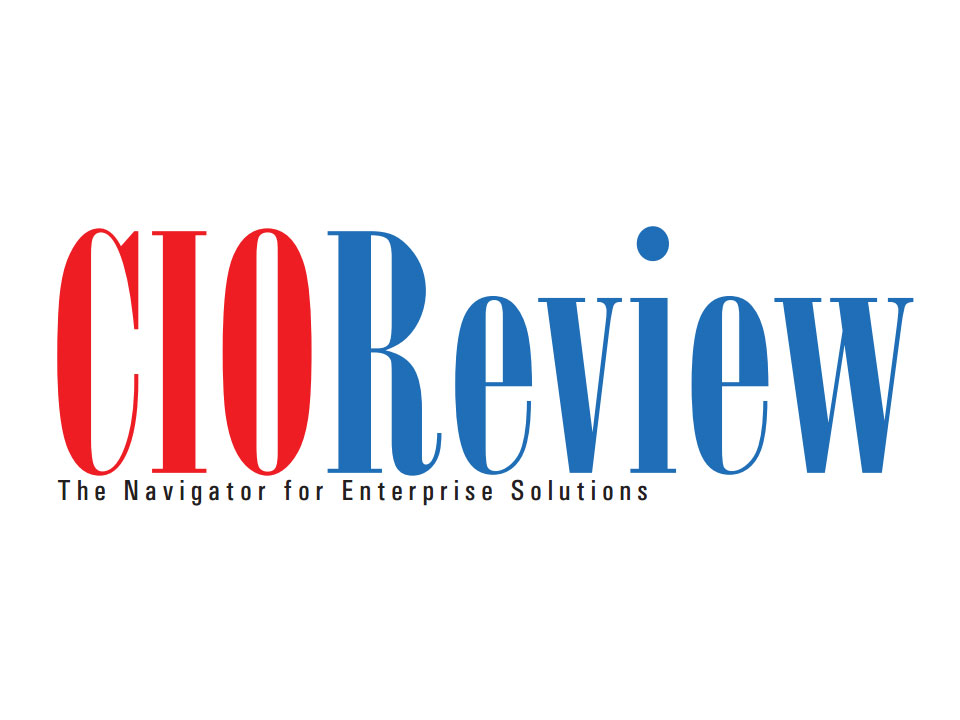
The velocity of change facing today's CIOs is unparalleled. They are tasked with a multitude of challenges, from managing legacy systems, the 'Internet of Things' and 'Bring Your Own Device' issues to virtualization strategy, security concerns and cloud services deployment," begins Tom Fedro, President, Paragon Software Group (PSG). Headquartered in Irvine, CA, PSG has been working hard to tackle one of the critical, foundational elements of this ever-changing mix of CIO concerns- backup and disaster recovery (BDR). "Our set it and forget it' approach to BDR provides CIOs with a tool that ensures that all of the organization's data is always available and secure, enabling them to focus on the kaleidoscope of other issues spinning on their plate," adds Fedro.
Established in 1994 with a focus on hard disk drive management, Paragon has evolved into one of the major BDR software providers in the world today. With virtualization driving many of the next-generation dat center strategies, the company has stepped up with a portfolio of BDR solutions for VMware, Hyper- V and other hypervisors. As a VMware Technology Partner, the company offers a comprehensive feature set for agentless and agent-based protection of servers and violations.
One such solution in Paragon protect & Restore for both virtual and physical systems. It delivers agentless disk-imaging backup or replication of both offline and online Windows and Linux virtual machines. The use of VMware Changed block Tracking (CBT) and the patent-pending Paragon Image Transfer Engine (ITE) ensure full and incremental backups or replicas. Providing further possibilities to reduce network o=traffic for simultaneous backup in Paragon's Pro-tran- a unique data transport protocol with a two-tier backup storage infrastructure.
Once the first-run of the full backup or replica is created, the Protect & Restore approach only saves the changes made since the last operation. These changes are saved in increments or in snapshots for replicas. Incremental updates require less time to create, taking the load off the whole infrastructure.
With regards to archiving Vm replicas, Protect & Restore converts the replica to a backup image.
"As part of the replica-to-backup conversion process, the converted backup data can be deduplicated while in fight to secondary storage, further limiting storage requirements," asserts Fedro. In addition, the company also offers products such as PAT Enterprise, a solution that ensures 4K alignments of virtual disk structures, and Hard Disk manager, which provides a complete set of utilities that can connect to an ESX host and work with offline virtual disks.
With its innovative solutions, Paragon has garnered an impressive clientele, and its solutions never fail to make an impact. For instance, an engineering firm had an outbreak of the crypto-virus that wreaked havoc in their data center. With the help of Paragon's solutions, the client was able to quickly get seven mission-critical servers back up and running with the assistance of one technician who set up Paragon Helpdesk ID-based recovery policies. "We ensured business continuity for the client by making their recovery process not only easy but also very fast," recollects Fedro. In scenario like this, the Protect & Restore Helpdesk ID feature allows administration to sets recovery policies with almost no interaction.
The company prides itself not only delivering industry-leading technology and BDR solutions, but also in serving the community in many tangible ways including working together as a grop at local soup kitchens and raising funds for wheelchairs to be delivered to children around the world. "While we give back in measurable ways, it seems clear we receive much more in return as a team and will continue to find ways to use our talents to help others outside of our software expertise," concludes Fedro.
This content was originally published by CIO Review